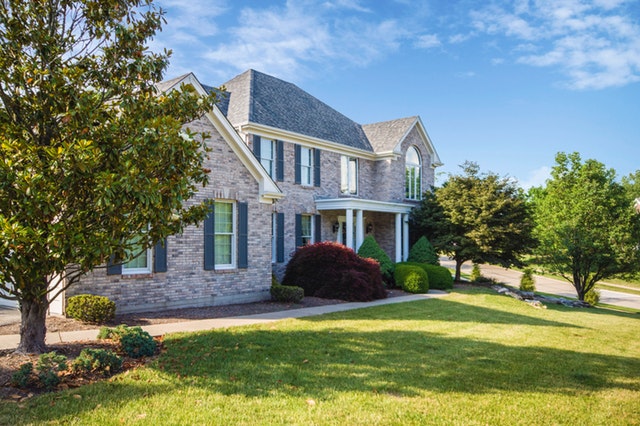How to Use the Color Purple in a Garden

The color purple should not be underestimated when designing your garden. It can add a touch of coolness to otherwise warm tones like red and yellow, plus it evokes passion and is also symbolic of royalty. Purple plays well with other colors, which is not always the case in a garden. It's recommended to use with pink and reds and yellow-orange toned flowers. While blue doesn't blend well with yellow and orange, purple does.
In a way, purple can be considered a neutral color, moving from pale lilac shades to bright petunias and sweet peas that can tie together the other colors in your garden. A color that complements purple and is often found naturally in their foliage, take sage or lavender, for example, is gray. Since it looks so nice with green it's also a good color to consider for a single color garden. Some beautiful purple flowers for your home garden are wisteria, agapanthus, statice and lilac. There is nothing like a purple flower in the sunset.
In a way, purple can be considered a neutral color, moving from pale lilac shades to bright petunias and sweet peas that can tie together the other colors in your garden. A color that complements purple and is often found naturally in their foliage, take sage or lavender, for example, is gray. Since it looks so nice with green it's also a good color to consider for a single color garden. Some beautiful purple flowers for your home garden are wisteria, agapanthus, statice and lilac. There is nothing like a purple flower in the sunset.